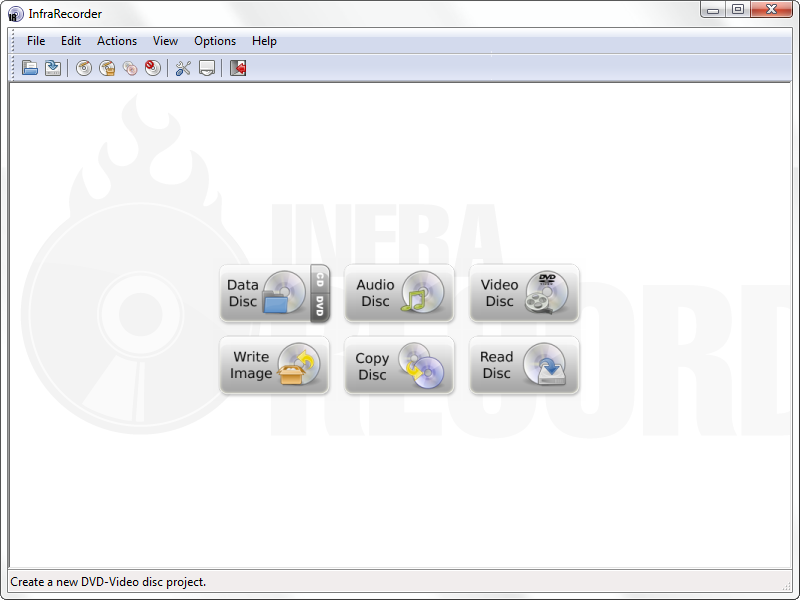

Unless you have two or more discs in the PC unit, the Windows disc should be selected automatically. In Copy Options, click the menu next to Device (in Source, on the upper part of the window) and select the drive letter with Windows. Double-click Copy or grab disc to open a new window with two panes. When starting up CDBurnerXP, you're welcomed by a menu bar with a list of tasks. Once you're done, click Ok to start the task and view a progress bar with log details or minimize this panel to the taskbar to continue working on the computer. The options from the Read pane can be left unchanged: Ignore read errors is unchecked, Read all sub-channel data and the full TOC is unchecked, Read speed is set to Maximum. Afterward, click the button with the suspension marks next to the Image file box to specify where you want to save the new ISO image, as well as the file name. In General, click on the menu next to Source and pick the drive letter with the Windows installation disc if you have more than two discs in the machine. The following window has two panes, General and Read. Click the last option, Read Disc to copy the contents of the Windows disc to an ISO image.

A window with six tasks is shown at startup. Out of all three programs, the interface of InfraRecorder is the cleanest. If you already know where you want to save the new ISO image, it's also a good idea to check the designated partition for free space. Getting readyīefore starting a task using any of these programs, insert your Windows installation disc into the computer and make sure it can be accessed by clicking its drive in Windows Explorer and exploring its files and folders. The host of features offered by InfraRecorder, CDBurnerXP and ImgBurn is quite extensive since they are comprehensive disc burners, so we're just going to show you the quickest steps for creating an ISO image with Windows from an installation disc. Windows doesn't have a way of creating ISO files without resorting to various software products, so we're going to take a look at three applications for the job. Next, you can either store the ISO on an external hard disk or prepare your computer for an emergency OS reinstall by making a bootable USB flash drive. Arguably the easiest way to do so is by compiling an ISO image of the operating system using its installation files.

Making a copy of your Windows original disc is highly recommended if you happen to lose, misplace or damage it.


 0 kommentar(er)
0 kommentar(er)
